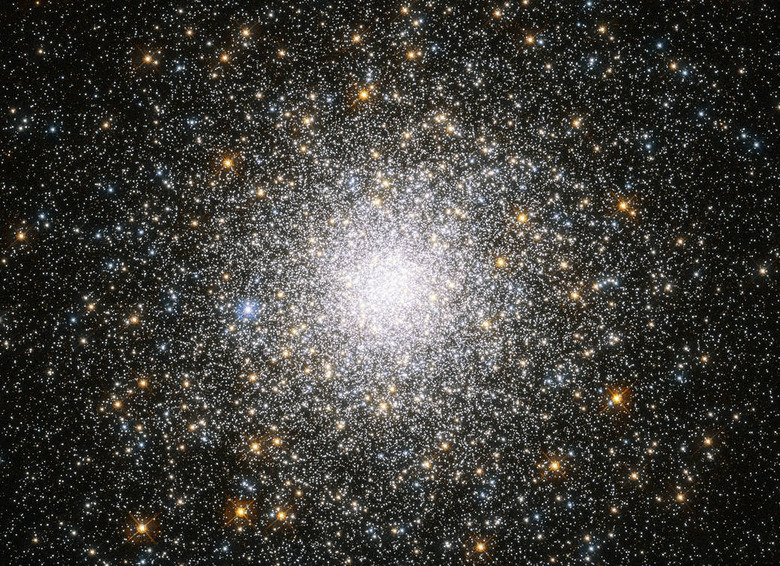Astronomers Just Spotted A Planet Floating Freely In Space Without A Star
- Scientists have used gravitational lensing to detect a so-called 'rogue planet' that doesn't orbit a star and floats freely in space.
- The planet is relatively small, but researchers can't tell for certain how far away it is from Earth.
- It's possible that the Milky Way is home to trillions of these free planets.
We think of our solar system as typical, or even "normal," but in the universe, there's really no such thing as normal. So many circumstances exist with regard to planets, stars, moons, and other objects that there's no clear arrangement that the cosmos favors over any other, and there are even free-floating "rogue planets" that have escaped the systems they developed in and are just sort of doing their own thing.
A new discovery of one such rogue planet was just described in a lengthy research paper. The planet was spotted by two teams, one working with OGLE, the Optical Gravitational Lensing Experiment, and KMTN, the Korean Microlensing Telescope Network. The only problem? Nobody really knows how far away the mysterious planet is.
As you may have gleaned from the name of the two projects that yielded the discovery, the planet was found with the help of a technique called gravitational lensing. Gravity acts on everything, including light, and scientists have been able to use this to their advantage by using a distant light source and some object in between it and Earth as a sort of invisible magnifying glass.
Gravity can bend light around a planet, allowing us to see that light even though something in between is blocking our direct line-of-sight. In this case, the mysterious rogue planet acted as the lens, revealing light "behind" it and cluing scientists into its presence. Because the planet in this particular case is relatively small, with a mass likely less than that of Earth, which is already pretty small, it was considered a microlensing event.
Microlensing simply refers to the fact that, because the object was as small as it was, there was precious little time to observe it as it produced the gravitational lensing effect. This means that pinning down specific details about the planet, including its distance from Earth, wasn't possible. The researchers report that it was visible for just over 40 minutes.
Researchers don't know for sure — since nobody has ever seen a planet "going rogue" before — but they believe that planets roughly the mass of Earth or less may occasionally be tossed from their planetary systems early on in their development. In those early ages of the system, planets may interact with one another, pulling and pushing one another and sending them on dangerous trips around their host stars, eventually resulting in planets that simply can't hang on and drift out to space freely. It's possible that there are as many as trillions of free-floating "rogue" planets in our home galaxy alone, and without stars to orbit, they're likely quite frigid and hostile.
